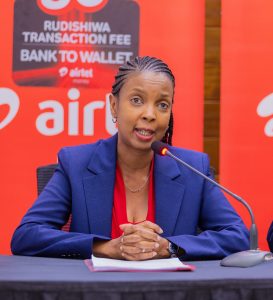
Many banks are re-evaluating their base rates and have requested the sector regulator to increase the risk premium, marking the possible end of an era of low-cost loans.{Photo/Courtesy}
The lending rate of commercial banks has surpassed the 13% mark for the first time since July 2018, this follows the Central Bank of Kenya’s (CBK) increase in benchmark rates and the rise in government paper yields.
According to CBK data, lending rates have risen from 12.77 per cent in January to 13.06 per cent in February, marking the highest level in 58 months.
Consequently, credit has become expensive, rendering loans and mortgages unattainable for many people, and potentially hampering corporate investment in Kenya’s fragile economy.
The increase in lending rates is in response to the CBK’s benchmark rate being raised three times in six months, reaching a five-year high of 9.5 per cent from 7.5 per cent in May.

Moreover, the rates on government paper, specifically Treasury bills, which impact the cost of fixed deposits, have also increased as a result of the government’s domestic borrowing. For instance, the 91-day T-bill has hit double digits for the first time since February 2016, rising to 10.004 per cent from an average of 7.8 per cent in June last year.
Bankers believe that the rising returns on government debt securities are compelling lenders to increase savings rates from cash-flush firms and high-net-worth investors, including pension schemes, thereby exerting pressure on lending rates.
This is because deposits from large savers play a crucial role in determining loan prices, as banks typically use a base rate, which comprises the cost of funds, a margin, and a risk premium, to calculate the charges for a particular customer.
As a result, many banks are reevaluating their base rates and have requested the sector regulator to increase the risk premium, marking the possible end of an era of low-cost loans.
The average lending rate of 13.06 per cent does not reflect the recent increase in the CBK’s benchmark rate on March 29, which rose to the highest level in five years to curb inflation, indicating more expensive loans for businesses and homes.
In September last year, banks increased their lending rates by 0.75 percentage points after the Monetary Policy Committee (MPC) raised the CBK rate from 8.75 per cent to 9.5 per cent, matching the same margin of increase as the recent hike.
The objective of the benchmark rate hikes is to ease credit demand in the expectation of reducing inflation, which remained unchanged at 9.2 per cent in March.
However, despite raising the benchmark lending rate by a similar percentage in September, inflation has remained outside the government’s preferred range of 2.5-7.5 per cent since June last year.






